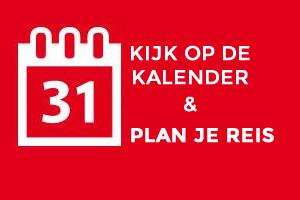Day 1 - Home Country - Departure
For those who did not buy this tour as a package tour including the flight ticket, this day does not apply.
Day 2 - Arival - Lome
You will probably arrive at Lomé Airport in the evening. If it is not too late, the tour guide will meet you. You will receive some information, and you can have dinner at the Hotel. If you have more time, please explore the city.
In 1897, Lomé was the capital of Togoland. During that time Togo was a German colony. The city Lomé is named after Alotimé by the Ewe people. This means ‘between the plants Alo’. Alo is a tree species. In the 1960s, the Germans constructed a 420-meter jetty and a deep-water port for the export of raw materials. Now in Lomé there is a fetish voodoo market and a big market. In the evening it is lively in the city as residents go to the many bars and discos. Here you can drink chouck (beer), deha (palm wine) and Sodabe (spirits). A local yam dish is made with a type of boiled sweet potato. The sweet potato is ground into a dough-like consistency and cassava is added to it. The local dish fufu consists of Yam served with fish soup. Other local dishes include Gboma (spinach).
Day 3 - Lome - Vogan - Possotome (Benin)
Today is our first ride on the motorcycle. After a short explanation about the motorbikes we ride out of Lomë. There is a lot of traffic such as motorcycles, mopeds and cars. Soon it gets quieter on the roads we ride through all types of small villages. Vogan is known for a large vodoo market on Friday. Next, we ride through the old city of Grand Popo. This was an important city during the slave trade, which was first occupied by the Portuguese and later the French. We see many empty and dilapidated buildings here. Then we cross the long river Mono to Benin, which runs along the border of Benin. Next we ride along Lake Ahémé to the Possomtome community. This community is known for the Vodoo religion. We sleep along the lake.
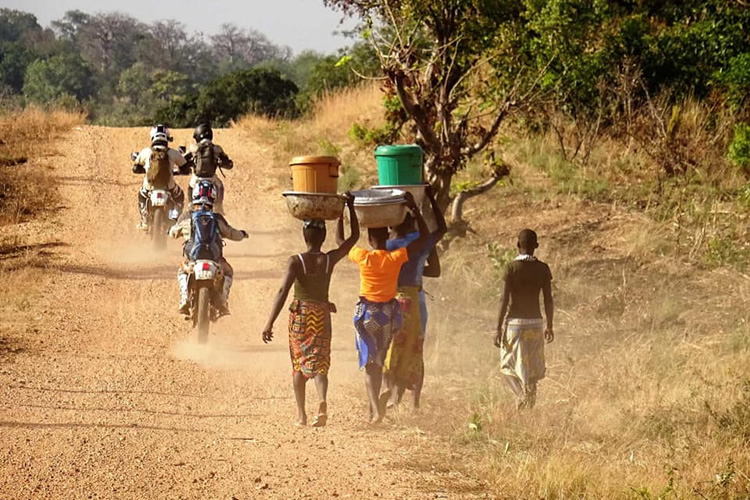
Day 4 - Possotomé - Ouidah
Today we go on a boat trip at Lake Ahémé. Our guide tell stories about gods and legends. In addition, we see daily life along the lake and discover different fishing techniques. Then we go to Ouidah, the capital of the Voodoo religion. Due to its favorable location and the harbor, Ouidah was an important place for the slave trade. A holdover from the Portuguese era of Benin is the Fortress of São João Baptista de Ajudá which was also important for the slave trade. The fort is now a museum. Many monuments are connected to the former slave trade, such as the Route des Esclaves (the slave route). This is a 2.5 mile road from the Ouidah Museum of History to the beach. This used to be the road that slaves walked on to get to the coast. The Door of No Return is an arch through which more than 15 million slaves have passed and is now a monument commemorating this time. The Tree of Forgetfulness is another monument which slaves had to walk around so they would forget their homeland. The 12m2 temple is dedicated to the python. 50 adult pythons live in the building. We spend the night in a cozy location near the sea.
Day 5 - Ouidah - Abomey
Today we start driving along the beach between the ocean and many Coconut Trees and finally arrive in the capital Cotonou. We ride to the north of the city towards the west bank of Lake Nokoué. Here we visit the water village of Ganvié with a canoe. The traditional houses of the Toffinu are built from bamboo or tree trunks that disappear into the water. The lake is an important area for many different birds. If there is time, we recommend you go to the Center Artisanal craft center. There you can find traditional wooden masks, baskets, pots and woven fabrics. These products tell beautiful stories of how they were used. You can buy the products for reasonable prices. Alternatively, you can ride past Dantokpa Market, West Africa’s largest open-air market; the surface is over 20 hectares. It is an immense, busy and chaotic place where you will be overwhelmed by the smells, colors and sounds of bicycles, taxis and motorbikes. We continue to the Royal Palaces of Abomey, which were designated as a world heritage site by Unesco in 1985.Abomey was a powerful kingdom in Western Africa from the 17th century until the beginning of the 20th century, which among other things flourished due to the slave trade with Europe. Twelve Kings, all of whom built their own sumptuous palaces, successively ruled the area. The palaces rose above and next to each other, in order of succession to the throne. In addition to the palaces, temples, sacrificial altars and villages for the royal household were also built. Tonight we sleep in a comfortable hotel.
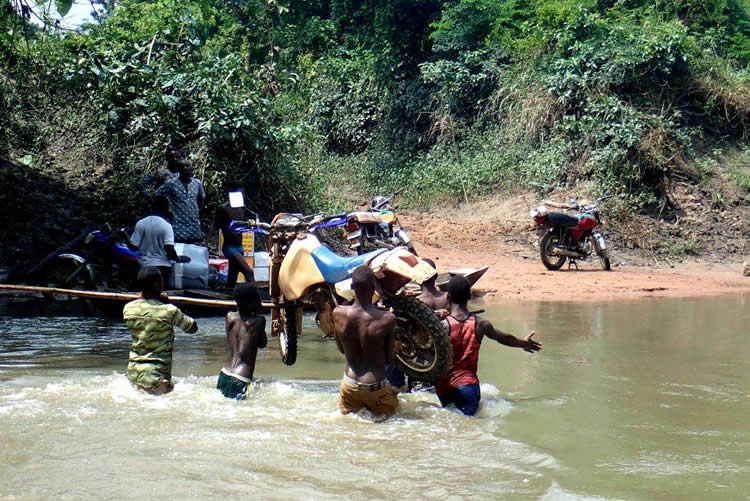
Day 6 - Abomey - Atakpame (Togo)
Today is our last ride through the former kingdom of Dahomey. Benin has been independent since 1960 and was given its current name in 1975.The handicraft rugs with symbols of the 12 kings and the slavery that Benin has known are reminders of the country’s past. We go to Togo again, crossing the Mono river and driving along the Nangbéto dam to finally reach the city of Atakpame. This city is a center of textile processing and a turning point for the cotton grown in the area. On the western part of Atakpamé, cocoa and coffee are mainly grown. On a hill, the “coffee-cocoa triangle” is formed by Kpalime Badou and Atakpame. It is a varied route through the forest and over the hills of Ouali. Before sunset we arrive at our hotel in Atakpame.
Day 7 - Atakpame - Badou
Today we ride to the west towards the border of Ghana. We can choose between several routes. We follow an old colonial colorful route past villages and colorful markets through the Okpabe region. Today’s final destination is the green town of Badou, which is located in a fertile valley surrounded by hills with forest and coffee plantations. After this beautiful day of motorcycling through tropical forests, we go to our hotel in Badou. In the small village of Akloa is a beautiful waterfall. If there is not enough time left today you can go to this waterfall tomorrow morning. The forests in this area are full of butterflies, crickets, insects, birds and other animals and beautiful plants.
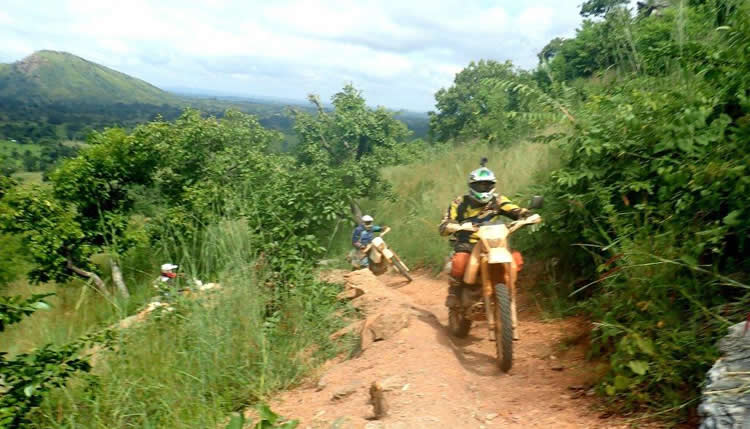
Day 8 - Badou - Kouma Konda
The environment consists of forests and hills. We have to ride close together. After a varied ride, we arrive at the plateau of Dayes. From here there are beautiful views of the spectacular environment. Now the ride is full of curves, so we must ride carefully as we ascend to a height of more than 600 meters to reach the village of Kouma Konda. The climate here is very pleasant. People in this region mainly live from the cultivation of coffee and cocoa. We take a walk and see avocados, mahogany, iroko, cocoa, pepper and a lot of butterflies. We sleep in the village tonight.
Day 9 - Kouma Konda - Lome
This morning you can choose between a walk or a short motorbike ride through the area. Afterwards, we all ride to Lomé. We leave the woods shortly after taking off, transitioning to an area mainly consisting of palm and coconut trees. The road is now sandy and we can smell the sea. It gets busier again as we arrive in the capital Lomé.
Day 10 - Lome - Departure
-
Tourdetails
Tourcode:TOGCategory:AdventureGroup size:6 - 8Days:10Price:From $2.695,-
-
departures
TourcodeDepartureStatus
-
Routemap
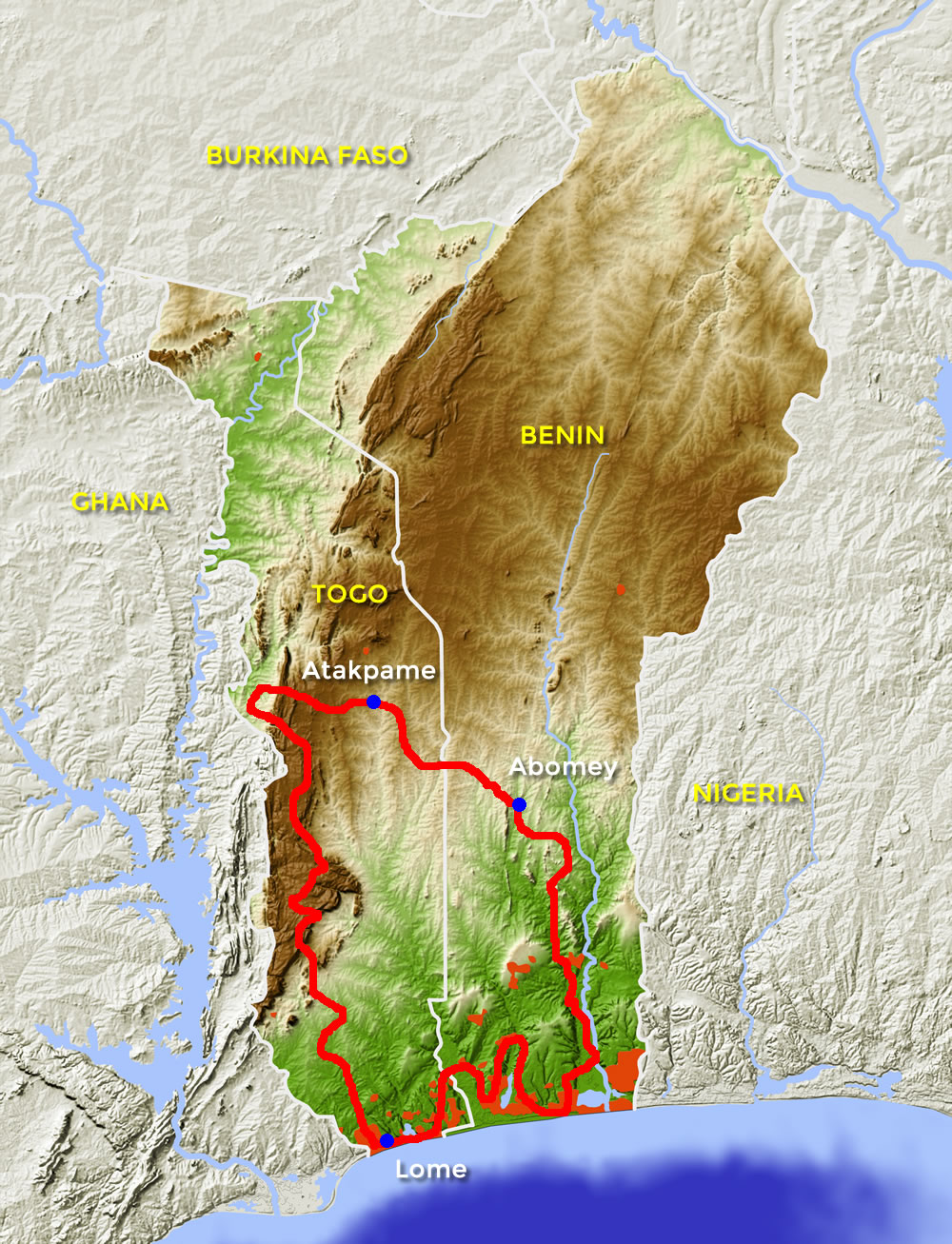

-
Video


